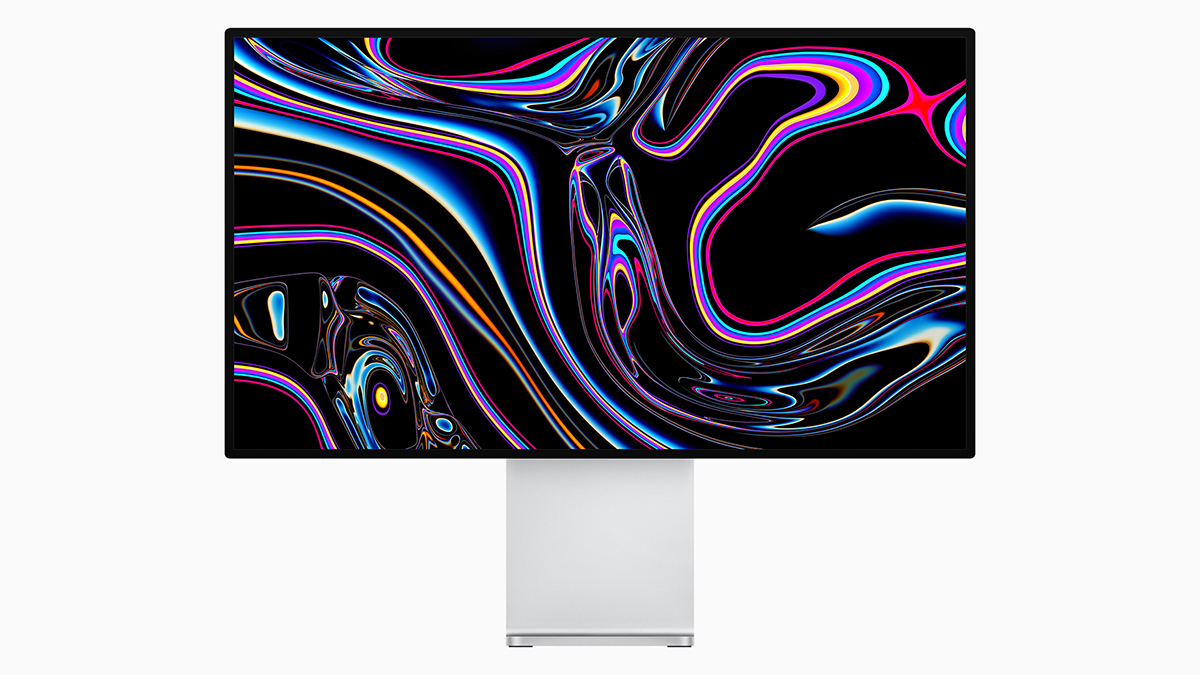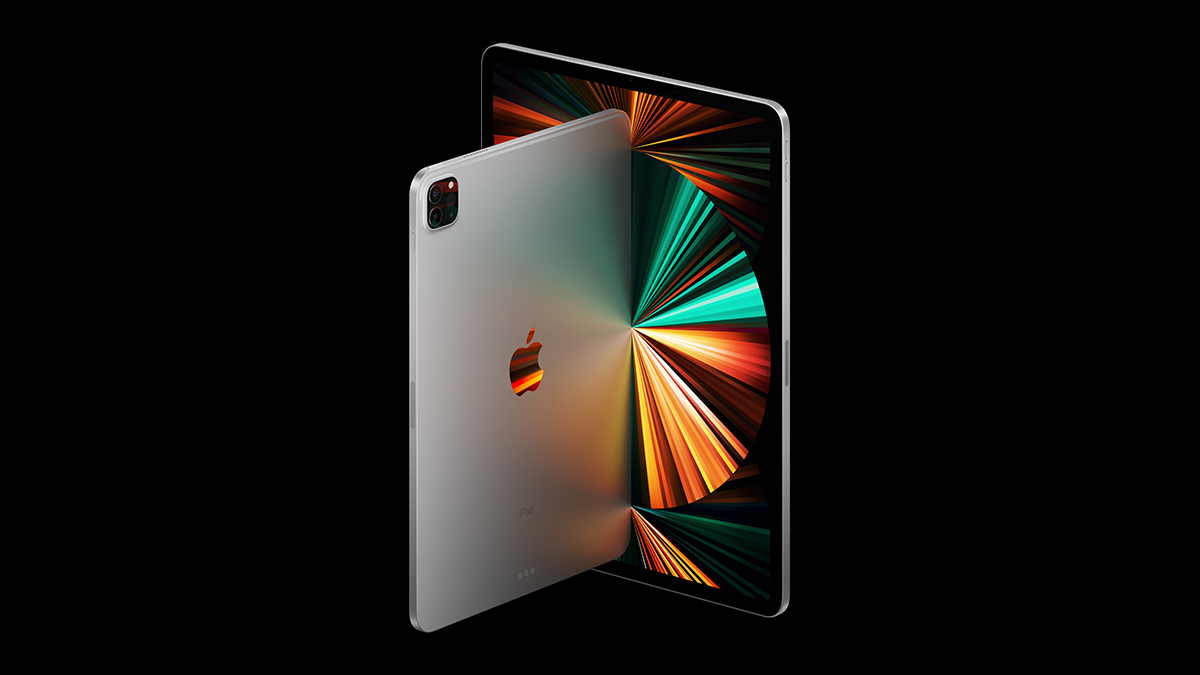One of the marquee features of Apple’s 12.9-inch Pad Pro for 2021 is its Liquid Retina XDR display, a screen tech that you might have previously seen mentioned in relation to the super-expensive Pro Display XDR monitor that Apple also sells. But what exactly do all these terms mean?
Let’s start with the term Retina, which Apple uses with both the Pro Display XDR and the new iPad Pros, and which has been used on Apple products for years at this point. It’s a bit of marketing speak Apple has invented to signify a certain level of resolution and crispness on a display, and it’s been used across several different products in the Apple range since the term was introduced with the iPhone 4 in 2013.
There’s actually no fixed standard for what makes a display a Retina one, but broadly speaking, it’s supposed to be a resolution high enough that the human eye can’t distinguish between individual pixels. Obviously, that’s going to vary depending on how far your eyes are from the screen as well as how tightly packed the pixels are.
Nowadays, just about every bit of Apple hardware qualifies as Retina, which is why you’ll now see extra words like “liquid” tacked on as well — the Liquid part of Liquid Retina on the iPad Pro listings just means even more pixels per inch, and even less chance of your eyes seeing any pixelation no matter how close you bring the screen up to your face.
But what about the XDR part? This again is something Apple has cooked up itself for its own products, and you won’t find any other manufacturers using the term for their own screens. In the simplest terms, XDR is an enhanced version of HDR (High Dynamic Range) that extends its benefits.
HDR keeps the darkest parts of a screen and the lightest parts of a screen visible at all times through a range of different brightness balancing tricks. The idea is that detail is visible in the deepest shadows and the brightest highlights, even if both are shown on a display at the same time.
The key to HDR is having a very high contrast ratio, or the difference between the blackest blacks and the whitest whites that a display can put out. With XDR, Apple has pushed that range even further. The Apple Pro Display XDR can manage 1,000 nits of full-screen, sustained brightness, and a peak of 1,600 nits, resulting in a 1,000,000:1 contrast ratio.
Part of the secret of managing this is having a finely tuned backlighting control system, so really bright pixels can sit next to extremely dim pixels with no bleed. On the Pro Display XDR, Apple says it does this through a combination of advanced LED technology, intelligent (and faster) image processing, and light shaping (or controlling how light is emitted). The monitor has a total of 576 LED zones behind it.

There’s also a P3 wide colour gamut and 10-bit colour depth (supporting 1.073 billion colours), with a resolution of 6016 x 3384 pixels (218 pixels per inch), and a maximum refresh rate of 60Hz. It also uses blue LED backlighting rather than the conventional white for better control and for better thermal management.
The Retina XDR tech in the new 12.9-inch iPad Pro is going for similar end results, but approaching them in a different way. Here the display technology isn’t IPS LCD, as like is on the Pro Display XDR, but rather the up-and-coming miniLED. The idea is the same: There’s super-fine control over the brightness and dimming of individual pixels, so that very dark blacks and very bright whites are possible.
We’ve written more about miniLED display tech here, but basically it means the backlight zones behind an LCD display (like the 576 on the Pro Display XDR) can get much smaller still, for even better control and better colour management. These miniature LEDs can be as little as a fifth of a size of standard LEDs, so the difference can be marked.
MiniLEDs are also seen in TVs and smartphones, and the tech being developed in an attempt to get LCD screens closer to the high bar set by OLED displays. With OLED, every pixel is its own light source, no backlighting or local dimming required, but OLED remains expensive and difficult to manufacture. Innovations such as miniLED are an attempt to get the best features of both LCD and OLED panels.

While Apple’s premium iPhones now use OLED, the company has gone with miniLED for the larger iPad Pro model in order to qualify for the XDR label. It hits the same 1,000 nits maximum full-screen brightness, 1,600 nits peak brightness when playing HDR content, and 1,000,000:1 contrast ratio that the Pro Display XDR monitor does, but in a much more compact form.
It’s quite a technical achievement. The Pro models in the iPhone 12 range (with their OLED screens) can manage 1,200 nits peak brightness, while the (LCD) displays on the brand new 24-inch iMac top out at a maximum of 500 nits. Considering miniLED can manage better brightness levels than OLED, with less battery drain, it might be a while before Apple makes the switch to OLED for its tablets.
There are 10,000 miniLEDs packed into the 12.9-inch iPad Pro display, offering a total of 2,596 local dimming zones — a fantastic number for such a small screen. Rounding out the specs on this larger iPad Pro, we have the P3 wide colour gamut, a 2732 x 2048 pixel resolution (264 pixels per inch), and a refresh rate that can go up to 120Hz.
The XDR label, then, is one that may well be worth spending the extra cash for when you’re choosing a new iPad — especially if you spend a lot of time working with images and video. While Netflix and Hulu will look perfectly fine on any Apple tablet, the extra brightness and contrast you get with XDR are likely to appeal to creative professionals.
